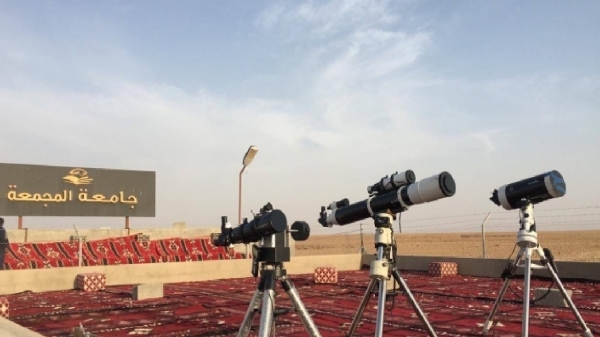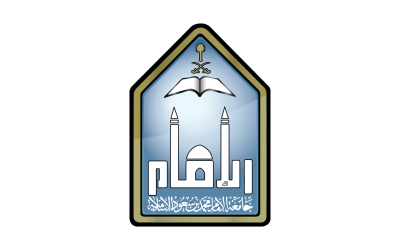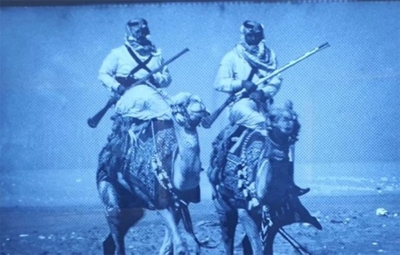
Hawtat Sudayr Observatory, also known as the al-Majamaah University Astronomical Observatory, is one of the mobile observatories in the Kingdom of Saudi Arabia for observing the lunar crescents of the Hijri months. It is affiliated with al-Majamaah University in Riyadh Province of the Kingdom. It was inaugurated by the university's initiative in 2014.
Establishment of Hawtat Sudayr Observatory
The astronomical observatory was established by al-Majma'ah University on December 17, 2014. Its establishment began with the formation of a scientific committee tasked with conceptualizing the observatory, taking into account technical, administrative, and scientific aspects, as well as the trends of local and international astronomical observatories.
The university aims, through the observatory, to support scientific research in the majors of astronomy by conducting joint scientific research with local, international, and regional entities along with observing various astronomical phenomena, including eclipses, comets, meteors, and meteorites, as well as serving the religious aspects related to astronomy and the observation of lunar crescents. The observatory also works on disseminating astronomical culture within the local community. It organizes specialized astronomy courses and holds international collaborations that contribute to achieving its goals and realizing national leadership in the field of astronomy.
Components of Hawtat Sudayr Observatory
The observatory has several components: a refractor telescope equipped with a CCD electronic mount for observing celestial bodies, and two planetariums featuring astronomical films in both Arabic and English. The observatory also includes an exhibition that offers astronomical content aimed at enriching university students and general education students. It comprises six parts: astronomical telescopes, the solar system, the moon, star clusters, nebulae, and mural images.
Viewing lunar crescents at Hawtat Sudayr Observatory
Viewing the lunar crescent is a monthly astronomical phenomenon closely monitored. Among the staff of Hawtat Sudayr Observatory is one of the Kingdom's well-known moon observers, Abdullah al-Khudairi, who has made significant efforts in observing the lunar crescent and tracking its movement.
Viewing the lunar crescent starts from sunset and continues for about twenty to twenty-two minutes thereafter. Specialized committees are convened for observation, but the official announcement is made only after approval by the Supreme Court, which ensures the reliability of the viewing with several guarantees, including a medical standard for testing the visual acuity of the observers.
King Abdulaziz City for Science and Technology (KACST) has provided several observatories for lunar crescents distributed across various provinces of the Kingdom, including fixed observatories based in Makkah al-Mukarramah such as "Umm al-Qura Observatory", Tabuk, "al-Wajh" and "Halat Ammar", and the rest are mobile observatories in Riyadh's Sudayr, Tamir, and Shaqra, Qassim, Dammam, al-Madinah al-Munawwarah, and Hail.
Related quizzes


